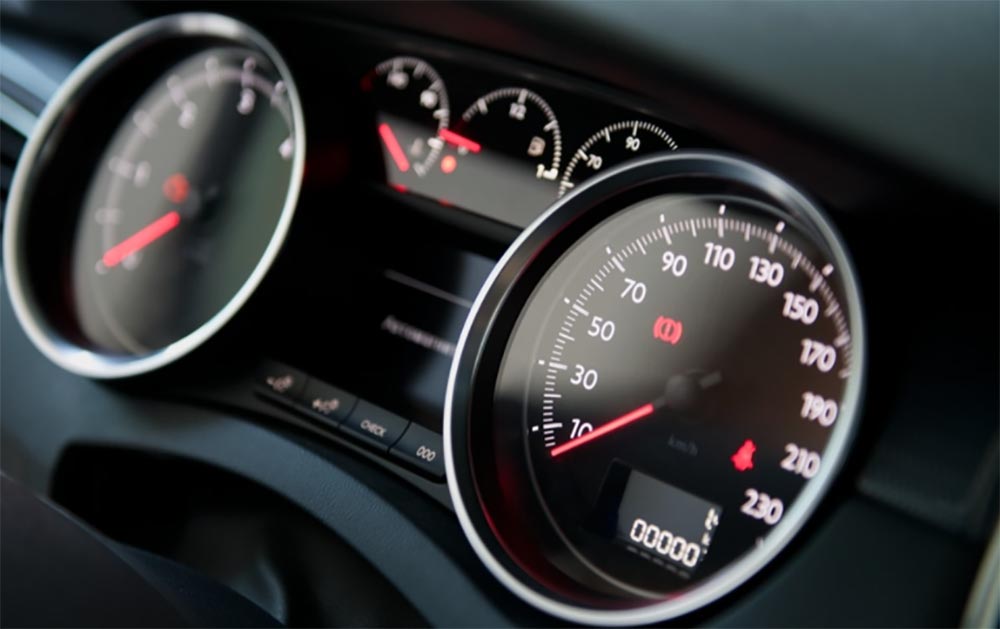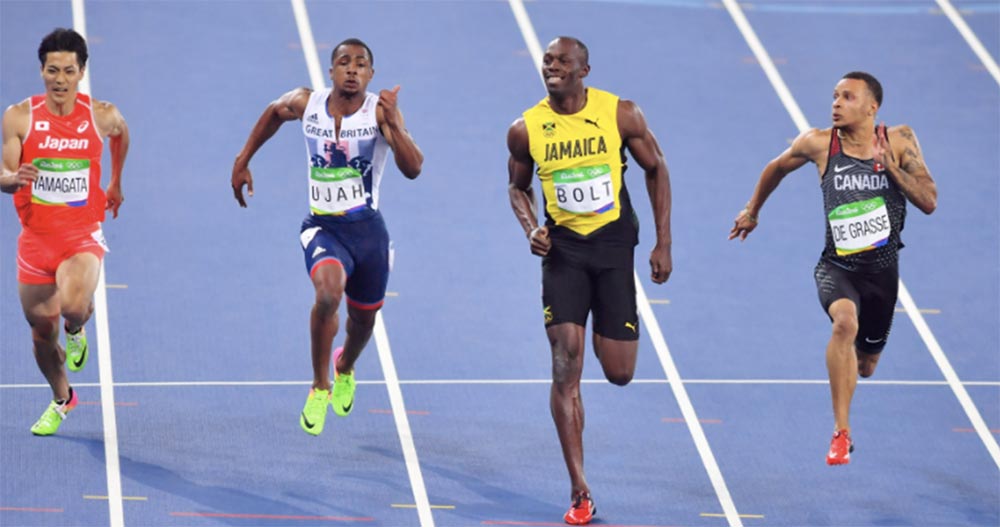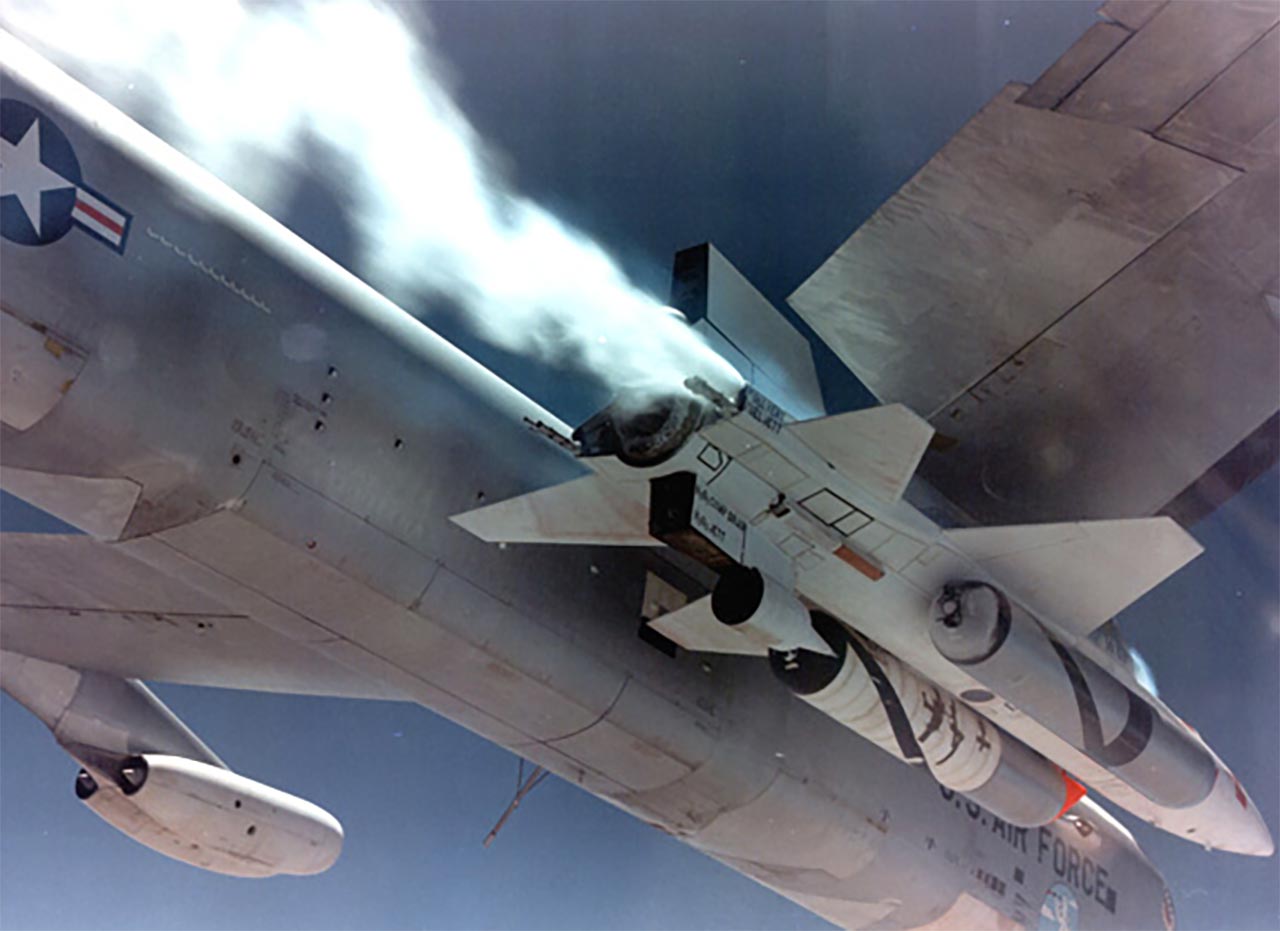III.1.3. The average speed
The average speed (vm) is the physical parameter equal to the ratio between the distance traveled (d) and the duration of the movement (Δt).
Characterization of the average speed as physical parameter:

🔦 Remark
a) The instantaneous speed is the speed of the mobile at a certain moment indicated by the speedometer.

For example, a car is traveling at an average speed of 70 km / h. This does not mean that the whole car had this speed. The speedometer may even indicate 140 km / h or 20 km / h.
b) The average speed is not the arithmetic average of the momentary velocities of the mobile.
c) Speed has in addition to numerical value the orientation, ie direction and sense.
The direction of the speed is given by the right on which the mobile is moving.
The sense of the speed is represented by an arrow.

The girl in the picture is moving at a speed of 1,2 m/s, in a horizontal direction, heading to the right. Indicating the numerical value (1,2), the unit of measurement (m/s), the direction (horizontal) and the sense (to the right), we completely characterized the girl speed.
📝 Minimum and maximum speed records
The snail has a speed of 1,5 cm/min (0,0009 km/h).

The speed of a Jamaican athlete on the 100 m track is 9,58 m/s (34,5 km/h).

Fanned fish can reach a speed of 110 km/h.

The cheetah can reach a speed of 113 km/h.

The peregrine falcon holds the record in the world of birds with a speed of 320 km/h.

A Japanese train with magnetic levitation reached a record speed of 603 km/h.

X-15, a fighter jet holds the record for the fastest man-made aircraft, reaching a speed of 6.7 Mach (8200 km/h).

The absolute speed record is held by light, with the highest speed of 300.000 km/s (1.080.000.000 km/h).

🔓 Solved problems
1. A mobile starts at kilometer 100 at 10:15 and arrives at kilometer 275 at 11:50. At what average speed did the mobile move in m/s?
We write the data of the problem:
x1 = 100 km
t1 = 10:15
x2 = 275 km
t2 = 11:50
vm = ? m/s
Solution:
We write the average speed formula, we calculate the distance traveled and the duration of the movement in SI and we replace in the formula:

2. A driver leaves kilometer 240 at 10:50 and arrives at kilometer 80 at 11:40. What was the average speed of the driver in m/s and km/h?
We write the data of the problem:
x1 = 240 km
t1 = 10:50
x2 = 80 km
t2 = 11:40
vm = ? m/s, km/h
Solution:
We write the average speed formula, we calculate the distance traveled and the duration of the movement in SI and we replace in the formula:

We transform the speed from m/s to km/h:

3. Transforms the following speeds into m/s:

Solution:

4. Diana lives at a distance D = 2 km from the school. One day she left home at 7:10. After covering a quarter of a distance, he realizes that he has forgotten his physics project and returns to pick it up. He arrives at school at 7:50. Determine Diana's average speed in m/s and km/h.
We write the data of the problem:
D = 2 km = 2000 m
t1 = 7:10
t2 = 7:50

If you can remember, a speed expressed in m/s can be transformed into km/h, by multiplying its value by 3,6.
🔐 Homework
1. Miruna leaves Sinaia, a city located 120 km from kilometer zero in Bucharest, at 12:55 and arrives 10 km from Bucharest at 13:50. What was his average speed?
2. Transforms the following speeds into m/s?

3. How to measure your running speed on a 100 m track:
-
You can ask your sports teacher or a colleague to time you, when you run two laps of the gym (after a pre-warm-up, so as not to risk any muscle strain).
-
Divide the distance (96 m) by the time obtained (transformed into seconds) and this is how you get your average running speed.
-
You can compare it to the speed record (9,58 m/s).
4. Determine the average speed at which you move, according to the below model.